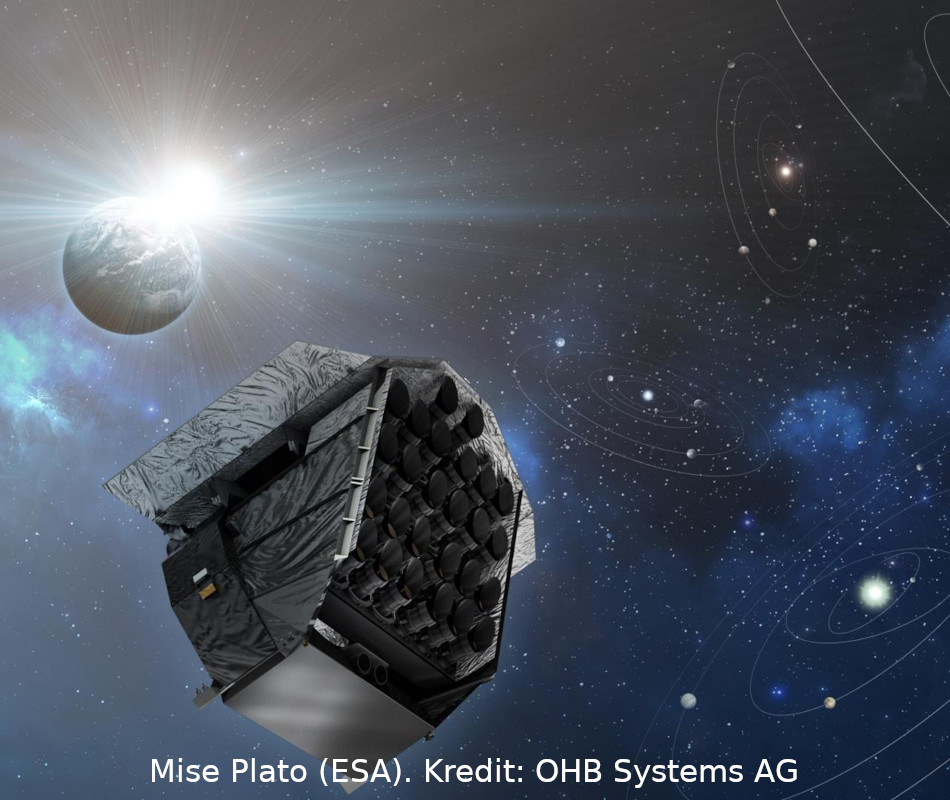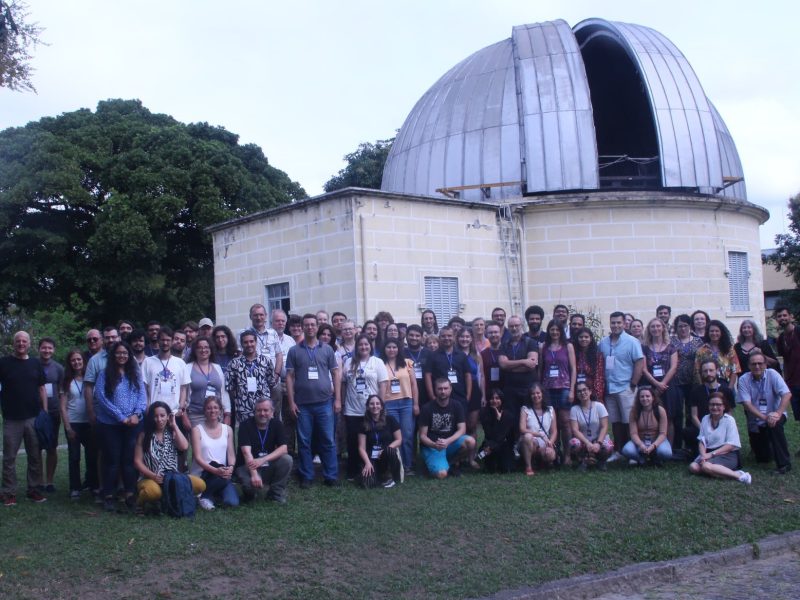PLATO (PLAnetary Transits and Oscillations of stars) is ESA’s M3 mission, scheduled for launch in late 2026. PLATO will provide high-precision, long-term photometric and asteroseismic data of a large number of stars to detect and characterise extrasolar planets, including terrestrial planets in the habitable zone of solar-like stars. PLATO will characterise the radii of planets in its core sample (V<11) using the transit method and determine their masses using ground-based radial velocity follow-up. Asteroseismology will provide precise ages of planetary host stars. A large sample of stars with V<13 will provide statistical information on detected exoplanets of all types. The PLATO database of characterised planets will provide a solid basis for placing the Solar System in a wider context and allowing comparative exoplanetology. In addition, the precise stellar parameters obtained from asteroseismic studies will open new doors to a better understanding of stellar interiors, allowing us to constrain poorly understood physical processes such as convection, improve our understanding of stellar evolution, and determine the precise ages of stars and planetary systems.
The PLATO instrument consists of 24 cameras on a common optical bench with a total field of view (FoV) of about 2150 deg2, operating in white light. Two additional cameras serve as fine guidance sensors, observing very bright stars (V<8.5) in red and blue light respectively. A guest observer programme, open to the community following an ESA call, will allow the observation of additional targets in the PLATO FoV.



